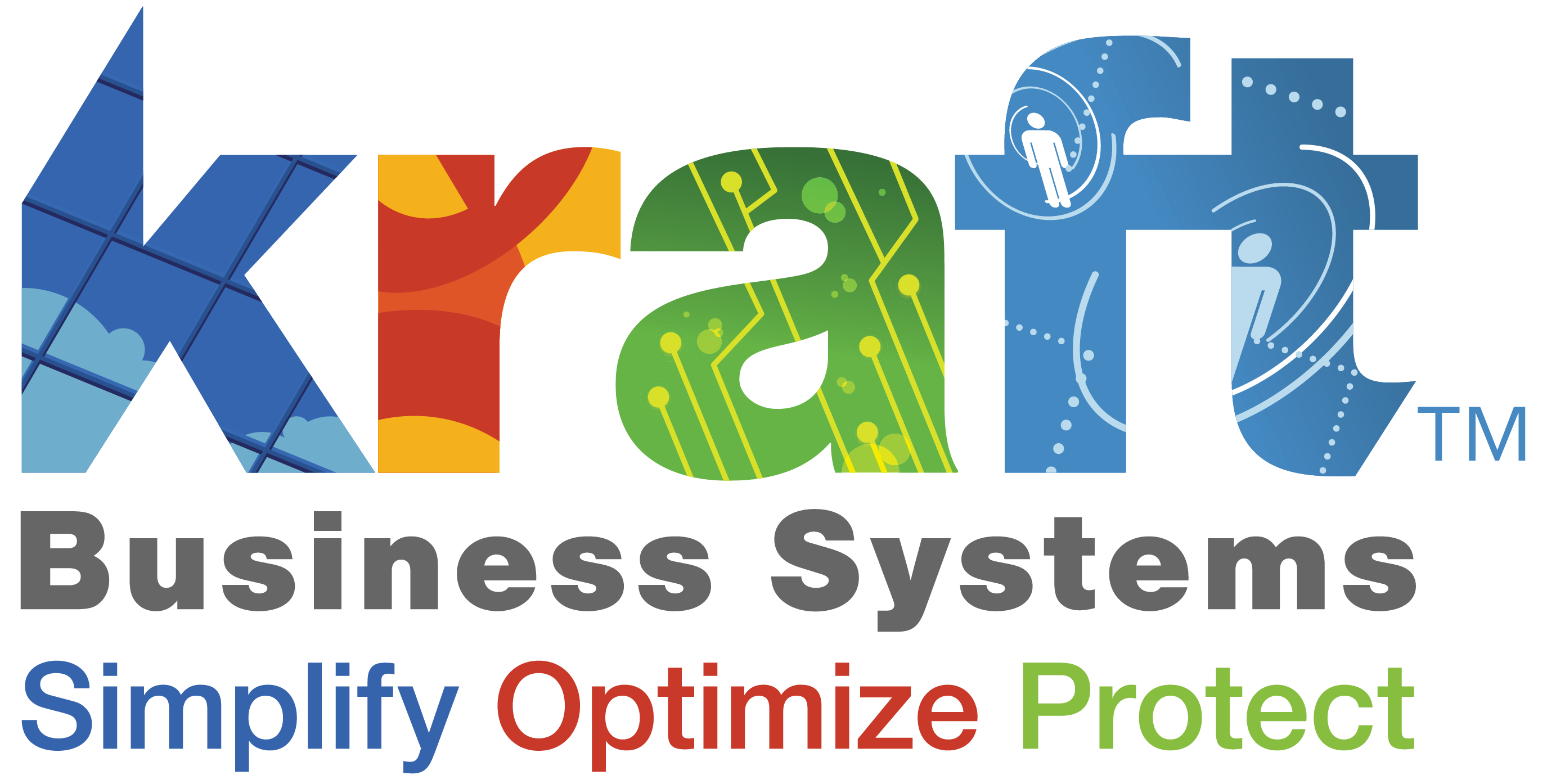IT outsourcing is a powerful strategy for businesses looking to optimize their operations and stay competitive. At its core, IT outsourcing involves hiring external vendors to manage certain IT functions, allowing companies to focus on what they do best. Let’s break it down quickly:
- Definition: Delegating IT operations to third-party specialists.
- Strategic Advantage: Helps companies focus on core functions, gain expertise, and improve efficiency.
- Commodity: Outsourcing non-essential services that don’t differentiate a company from competitors.
In some cases, it’s about gaining a strategic advantage by focusing resources on key areas that offer differentiation. For instance, if running a help desk is a commodity task that doesn’t set your business apart, it might make sense to outsource it. At the same time, keep operations that provide a strategic edge—like proprietary software development—in-house to maintain a competitive edge.
It’s not just about cutting costs; it’s about leveraging expertise and improving performance in areas that matter most to your business.

Types of IT Outsourcing
When it comes to IT outsourcing, there are several models to consider, each with its unique benefits and challenges. Let’s explore the main types:
Offshoring
Offshoring involves moving IT tasks to a more distant country, often to save on labor costs. For example, many companies choose countries like India for their well-established IT infrastructure and skilled workforce. This model can significantly reduce expenses, but it may also introduce challenges like time zone differences and communication barriers.
Onshoring
Onshoring keeps IT operations within the same country. This approach helps maintain control and ease of communication, as there are no cultural or language barriers. However, it might not offer the same cost savings as offshoring. It’s ideal for businesses that prioritize quality and collaboration over cost.
Nearshoring
Nearshoring strikes a balance between offshoring and onshoring by outsourcing to neighboring countries or those within the same time zone. This model can reduce communication issues and travel costs while still offering competitive pricing. For instance, U.S. companies may nearshore to Mexico or Canada to enjoy these benefits.
Professional Outsourcing
Professional outsourcing focuses on hiring experts for specific tasks, such as cybersecurity or cloud migration. This allows businesses to tap into specialized skills without the need for in-house expertise. It’s a great way to ensure high-quality results without the overhead of permanent staff.
Manufacturing Outsourcing
While not exclusive to IT, manufacturing outsourcing involves contracting out production tasks. In IT, this could mean outsourcing the creation of hardware components. This model helps companies scale production quickly without investing heavily in facilities or equipment.
Project Outsourcing
Project outsourcing is all about handing over entire projects to an external provider. Whether it’s developing a new software application or managing a digital change initiative, this model allows companies to focus on their core business while experts handle the project. It offers flexibility and access to a wide range of skills, ensuring that projects are completed efficiently and effectively.
Each type of IT outsourcing model offers unique advantages and challenges. The key is to align the model with your business goals and needs, ensuring that you reap the full benefits of outsourcing while managing potential risks.

Benefits of IT Outsourcing
IT outsourcing brings a host of advantages that can transform how businesses operate. Here are some key benefits:
Cost Reduction
One of the most compelling reasons to consider IT outsourcing is cost reduction. By tapping into a global talent pool, companies can save significantly on labor costs. For instance, outsourcing can cut operational expenses by up to 60%. These savings stem from not having to invest in training or maintaining a large in-house team. Instead, businesses can allocate these resources to other strategic areas.
Access to Specialized Talent
Outsourcing opens doors to specialized skills that might be hard to find locally. Whether it’s expertise in AI, cybersecurity, or specific software development, outsourcing partners can provide the exact skills needed. This access ensures that businesses remain competitive and innovative without the burden of hiring full-time experts.
Improved Scalability
With IT outsourcing, scaling your operations becomes a breeze. Whether you need to ramp up for a big project or scale down during slower periods, outsourcing offers the flexibility to adjust quickly. This agility allows companies to manage resources efficiently and respond promptly to market demands.
Improved Focus
By delegating IT tasks to external experts, businesses can concentrate on their core competencies. This focus enables internal teams to prioritize strategic initiatives and drive growth. For example, outsourcing customer support allows in-house teams to focus on product development or market expansion.
Improved Security
Cybersecurity is non-negotiable. Outsourcing to specialized providers ensures that your data and networks are protected by the best in the business. These experts live and breathe online safety, helping you mitigate risks and maintain customer trust. By outsourcing cybersecurity, businesses can stay ahead of potential threats and safeguard their reputation.
Challenges and Risks of IT Outsourcing
While IT outsourcing offers numerous benefits, it’s not without its challenges. Let’s explore some of the key risks involved.
Less Control
One of the main concerns with outsourcing is the loss of control. When you hand over IT functions to a third party, you’re entrusting them with critical aspects of your business. This can be unsettling for some, as it means relying on external teams to manage essential operations. It’s crucial to establish clear expectations and maintain oversight to ensure your standards are met.
Lower Quality
Quality can vary significantly depending on the outsourcing provider. While some offer top-notch services, others might fall short. This inconsistency can lead to subpar results, impacting your business operations. It’s essential to thoroughly vet potential partners and clearly define quality metrics in your agreements.
Communication Issues
Communication is vital in any business relationship, but it’s especially critical in outsourcing. Poor communication can lead to misunderstandings and delays. When working with teams in different time zones or cultures, these challenges can be amplified. Establishing clear communication channels and regular check-ins can help mitigate these issues.
Security Risks
Entrusting a third party with sensitive data introduces potential security risks. If the outsourcing partner lacks robust security measures, your information could be at risk. It’s vital to ensure that your provider has strong cybersecurity protocols in place. Regular audits and compliance checks can help protect your data from breaches.
Morale Impact
Outsourcing can also affect the morale of your in-house team. Employees might feel threatened by the presence of external workers, fearing job loss or reduced responsibilities. This can lead to decreased productivity and engagement. To counter this, communicate transparently with your team about the reasons for outsourcing and how it will benefit the organization as a whole.
By understanding these challenges, businesses can better prepare and manage their outsourcing relationships, ensuring a successful partnership.
Next, we’ll dig into how to choose the right IT outsourcing partner, ensuring a smooth and productive collaboration.
How to Choose the Right IT Outsourcing Partner
Choosing the right IT outsourcing partner is crucial for a successful collaboration. Here’s how you can make the best choice:
Pick the Right Partner
Selecting an outsourcing partner is like finding a long-term business ally. It’s essential to find one that aligns with your values and culture. Conduct thorough background checks and solicit feedback from your network. Look for partners with proven expertise and a track record in your industry.
A story from the research highlights this: A law firm found success by partnering with an IT provider experienced in the legal sector. This provider understood the firm’s unique challenges and offered custom solutions that improved operational efficiency.
Negotiate Agreements
Negotiating a fair agreement is more than just discussing costs. Clarify the scope of work, responsibilities, and risk management. Ensure the provider maintains appropriate liability insurance. A well-negotiated agreement should be a win-win, balancing both parties’ interests.
According to Deloitte, including innovation clauses in contracts can encourage providers to deliver creative solutions, enhancing the partnership’s value.
Clarify Expectations
Setting clear expectations is key to avoiding misunderstandings. Define the partner’s responsibilities and service response times. Specify whether they handle help desk support, break/fix needs, or root cause analysis.
Regular communication is crucial. Establish procedures for when and how updates will be communicated. This clarity ensures everyone knows their role, reducing friction and improving collaboration.
Formalize Processes
Formalizing processes helps streamline operations and improve efficiency. Establish clear workflows for tasks and document procedures. This structure ensures consistency and accountability.
For example, implementing a Service Level Agreement (SLA) can help measure and monitor performance, ensuring the provider meets your standards.
By carefully selecting and collaborating with the right outsourcing partner, you can improve your business operations and focus on core priorities.
Up next, we’ll answer some frequently asked questions about IT outsourcing to help you make informed decisions.
Frequently Asked Questions about IT Outsourcing
What are the three types of IT outsourcing?
When it comes to IT outsourcing, there are three main types to consider: offshoring, onshoring, and nearshoring.
- Offshoring involves hiring a company in a different country, often to take advantage of lower labor costs. This approach can significantly reduce expenses, but it may introduce challenges like time zone differences and cultural barriers.
- Onshoring means outsourcing to a service provider within the same country. This option can minimize language and cultural issues and often makes communication smoother. However, it might not offer the same cost savings as offshoring.
- Nearshoring is a middle ground, where you outsource to a nearby country. This option can balance cost savings with fewer cultural and time zone challenges.
Each type has its pros and cons, so it’s important to evaluate which aligns best with your business needs and goals.
Is IT outsourcing a dying concept?
Far from it. IT outsourcing is evolving rather than dying. Businesses today are looking for value-driven models that go beyond just cost savings. The focus is shifting towards partnerships that deliver innovation and strategic advantages.
According to Deloitte, many companies are using outsourcing to capture market innovations like robotics and cognitive technologies. This evolution is about finding ways to improve capabilities and drive growth, not just cutting costs.
What are the four types of outsourcing?
Outsourcing isn’t limited to IT. Here are four common types:
- Professional Outsourcing: This involves hiring external experts for specialized services, such as legal, accounting, or marketing. It allows businesses to access high-level expertise without the overhead of full-time staff.
- IT Outsourcing: As we’ve discussed, this involves contracting out IT services, from software development to infrastructure management.
- Manufacturing Outsourcing: This is when companies hire external manufacturers to produce their goods. It’s common in industries like electronics and textiles, where production costs can be significantly reduced.
- Project Outsourcing: This type focuses on specific projects, often with a defined scope and timeline. It’s useful for businesses that need to complete tasks without diverting their internal resources.
Understanding these types helps businesses choose the right outsourcing strategy to meet their unique needs.
Next, we’ll conclude with how Kraft Business can help you align your outsourcing strategy with innovation and secure solutions.
Conclusion
As we’ve explored, IT outsourcing is a powerful strategy for businesses seeking to innovate, cut costs, and access specialized talent. It’s not just about handing off tasks; it’s about forming strategic partnerships that align with your business goals.
At Kraft Business, we understand the importance of aligning your outsourcing strategy with your overall business objectives. Our approach focuses on innovation and secure solutions to ensure that your IT infrastructure is not only efficient but also future-proof.
Strategic Alignment: We work closely with your team to ensure that our services align with your strategic goals. Whether you’re looking to scale operations, improve security, or drive innovation, our custom solutions are designed to meet your unique needs.
Innovation: By partnering with us, you gain access to cutting-edge technologies and a team that’s committed to finding innovative solutions. We leverage the latest advancements to keep your business ahead of the curve, ensuring you remain competitive in a rapidly changing market.
Secure Solutions: Security is at the core of everything we do. Our comprehensive security measures are designed to protect your data and ensure compliance with industry standards. With Kraft Business, you can rest assured that your IT infrastructure is robust and secure.
Choosing the right IT outsourcing partner is crucial for achieving your business goals. At Kraft Business, we’re committed to providing the innovative and secure solutions you need to succeed.
Ready to take the next step? Explore our managed IT support services to find how we can help your business thrive.






